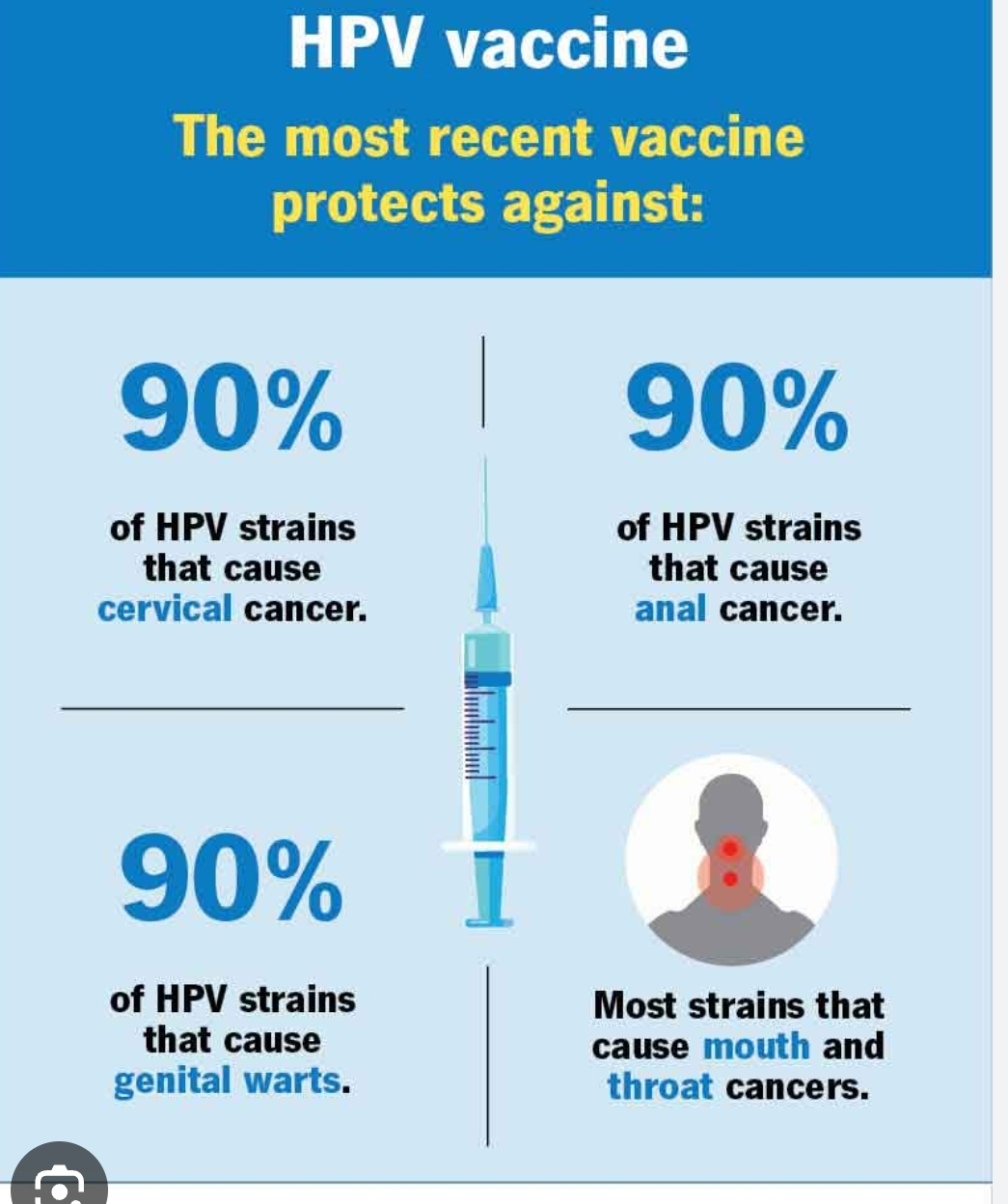
Cervical cancer is a type of cancer that occurs in the cervix, which is the lower part of the uterus that connects to the vagina. It is primarily caused by persistent infection with high-risk strains of the human papillomavirus (HPV), particularly HPV types 16 and 18. These strains can lead to abnormal changes in cervical cells, which, if left untreated, may progress into cancer over time.
To prevent cervical cancer, the HPV vaccine is recommended. The vaccine works by protecting against the most common and high-risk HPV strains that can lead to cervical cancer. Vaccines like Gardasil and Cervarix are designed to protect against HPV types 16, 18, and other strains that may cause cancers of the genital area, throat, and anus. Vaccination is most effective when given before an individual is exposed to the virus, typically in pre-teens and adolescents, but it can also be given to young adults.
The vaccine is usually administered in a series of two or three doses, depending on the recipient's age. It is recommended for both girls and boys, typically starting at ages 11-12, though it can be given as early as age 9 and up to age 26 or even 45 in some cases. Regular screening through Pap smears or HPV tests, along with vaccination, provides an effective strategy for reducing cervical cancer risk.
The HPV vaccine is safe, and side effects are generally mild, such as soreness at the injection site, headache, or mild fever.




